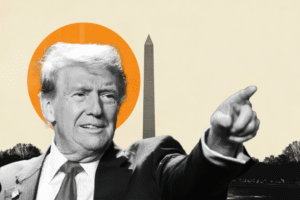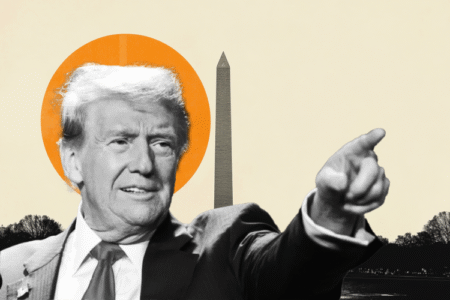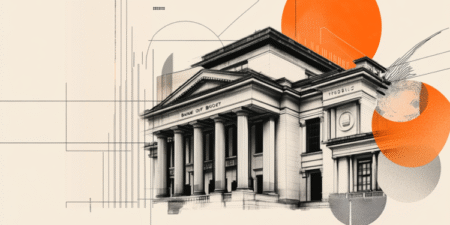- EUR/GBP remains supported by a stronger Euro, even amid growing expectations of further rate cuts by the ECB.
- ECB’s Francois Villeroy de Galhau remarked, “We are not currently in a currency war but rather a trade war situation.”
- The UK’s solid economic performance could lessen the chances of aggressive rate cuts by the Bank of England.
EUR/GBP is rebounding from recent losses, trading near 0.8420 during Friday’s Asian session. The currency cross is supported by a stronger Euro (EUR), which is outperforming its risk-sensitive peers despite signals from European Central Bank (ECB) officials suggesting scope for further interest rate cuts due to easing inflationary pressures.
On Wednesday, Eurozone Q1 GDP growth was slightly revised down to 0.3% quarter-on-quarter, from the earlier estimate of 0.4%. Year-over-year, GDP grew by 1.2%, matching expectations. However, employment surprised to the upside, rising 0.3% QoQ in Q1, beating the previous and flash estimates of 0.1%.
ECB policymaker Francois Villeroy de Galhau stated on Friday, “We are not currently in a currency war but rather a trade war situation,” adding that protectionism and uncertainty are weighing on US economic confidence. Fellow ECB member Martins Kazaks echoed the cautious sentiment, affirming that a “meeting-by-meeting approach is right” amid ongoing uncertainty over global trade policies.
Despite the Euro’s strength, gains in the EUR/GBP cross may be capped by stronger-than-expected UK economic data. The UK’s GDP grew by 0.7% in Q1 2025, surpassing forecasts of 0.6%, while annual growth reached 1.3%, slightly above the 1.2% estimate. March GDP also rose by 0.2%, exceeding expectations of no change, though easing from February’s 0.5% gain. The robust performance may reduce the likelihood of aggressive rate cuts by the Bank of England (BoE).
Central banks FAQs
Central Banks have a key mandate which is making sure that there is price stability in a country or region. Economies are constantly facing inflation or deflation when prices for certain goods and services are fluctuating. Constant rising prices for the same goods means inflation, constant lowered prices for the same goods means deflation. It is the task of the central bank to keep the demand in line by tweaking its policy rate. For the biggest central banks like the US Federal Reserve (Fed), the European Central Bank (ECB) or the Bank of England (BoE), the mandate is to keep inflation close to 2%.
A central bank has one important tool at its disposal to get inflation higher or lower, and that is by tweaking its benchmark policy rate, commonly known as interest rate. On pre-communicated moments, the central bank will issue a statement with its policy rate and provide additional reasoning on why it is either remaining or changing (cutting or hiking) it. Local banks will adjust their savings and lending rates accordingly, which in turn will make it either harder or easier for people to earn on their savings or for companies to take out loans and make investments in their businesses. When the central bank hikes interest rates substantially, this is called monetary tightening. When it is cutting its benchmark rate, it is called monetary easing.
A central bank is often politically independent. Members of the central bank policy board are passing through a series of panels and hearings before being appointed to a policy board seat. Each member in that board often has a certain conviction on how the central bank should control inflation and the subsequent monetary policy. Members that want a very loose monetary policy, with low rates and cheap lending, to boost the economy substantially while being content to see inflation slightly above 2%, are called ‘doves’. Members that rather want to see higher rates to reward savings and want to keep a lit on inflation at all time are called ‘hawks’ and will not rest until inflation is at or just below 2%.
Normally, there is a chairman or president who leads each meeting, needs to create a consensus between the hawks or doves and has his or her final say when it would come down to a vote split to avoid a 50-50 tie on whether the current policy should be adjusted. The chairman will deliver speeches which often can be followed live, where the current monetary stance and outlook is being communicated. A central bank will try to push forward its monetary policy without triggering violent swings in rates, equities, or its currency. All members of the central bank will channel their stance toward the markets in advance of a policy meeting event. A few days before a policy meeting takes place until the new policy has been communicated, members are forbidden to talk publicly. This is called the blackout period.
Read the full article here
















